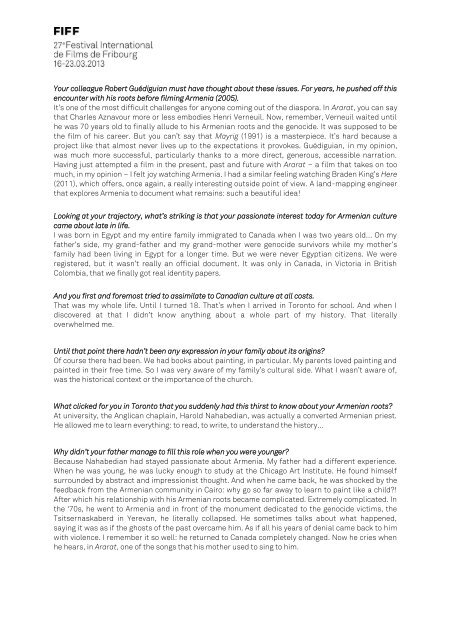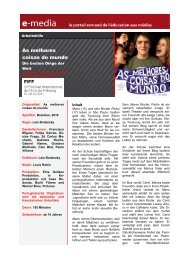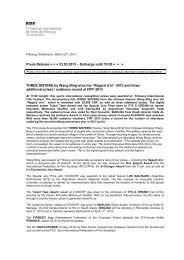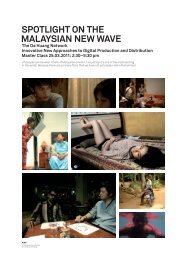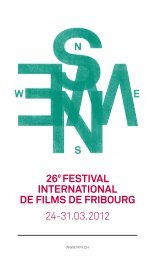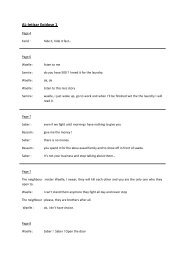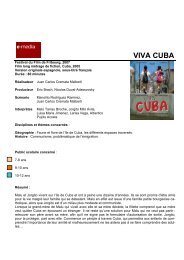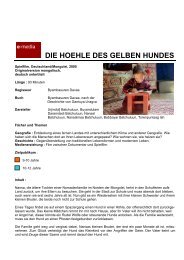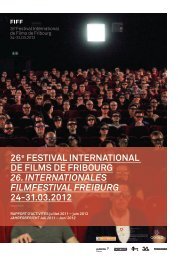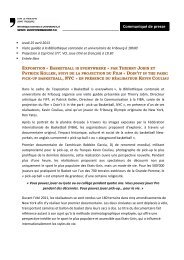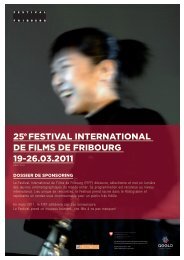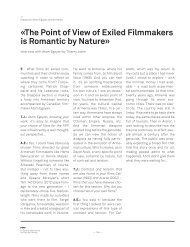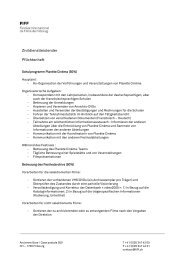Interview Atom Egoyan
Interview Atom Egoyan
Interview Atom Egoyan
Create successful ePaper yourself
Turn your PDF publications into a flip-book with our unique Google optimized e-Paper software.
Your colleague Robert Guédiguian must have thought about these issues. For years, he pushed off this<br />
encounter with his roots before filming Armenia (2005).<br />
It’s one of the most difficult challenges for anyone coming out of the diaspora. In Ararat, you can say<br />
that Charles Aznavour more or less embodies Henri Verneuil. Now, remember, Verneuil waited until<br />
he was 70 years old to finally allude to his Armenian roots and the genocide. It was supposed to be<br />
the film of his career. But you can’t say that Mayrig (1991) is a masterpiece. It’s hard because a<br />
project like that almost never lives up to the expectations it provokes. Guédiguian, in my opinion,<br />
was much more successful, particularly thanks to a more direct, generous, accessible narration.<br />
Having just attempted a film in the present, past and future with Ararat – a film that takes on too<br />
much, in my opinion – I felt joy watching Armenia. I had a similar feeling watching Braden King’s Here<br />
(2011), which offers, once again, a really interesting outside point of view. A land-mapping engineer<br />
that explores Armenia to document what remains: such a beautiful idea!<br />
Looking at your trajectory, what’s striking is that your passionate interest today for Armenian culture<br />
came about late in life.<br />
I was born in Egypt and my entire family immigrated to Canada when I was two years old… On my<br />
father’s side, my grand-father and my grand-mother were genocide survivors while my mother’s<br />
family had been living in Egypt for a longer time. But we were never Egyptian citizens. We were<br />
registered, but it wasn’t really an official document. It was only in Canada, in Victoria in British<br />
Colombia, that we finally got real identity papers.<br />
And you first and foremost tried to assimilate to Canadian culture at all costs.<br />
That was my whole life. Until I turned 18. That’s when I arrived in Toronto for school. And when I<br />
discovered at that I didn’t know anything about a whole part of my history. That literally<br />
overwhelmed me.<br />
Until that point there hadn’t been any expression in your family about its origins?<br />
Of course there had been. We had books about painting, in particular. My parents loved painting and<br />
painted in their free time. So I was very aware of my family’s cultural side. What I wasn’t aware of,<br />
was the historical context or the importance of the church.<br />
What clicked for you in Toronto that you suddenly had this thirst to know about your Armenian roots?<br />
At university, the Anglican chaplain, Harold Nahabedian, was actually a converted Armenian priest.<br />
He allowed me to learn everything: to read, to write, to understand the history…<br />
Why didn’t your father manage to fill this role when you were younger?<br />
Because Nahabedian had stayed passionate about Armenia. My father had a different experience.<br />
When he was young, he was lucky enough to study at the Chicago Art Institute. He found himself<br />
surrounded by abstract and impressionist thought. And when he came back, he was shocked by the<br />
feedback from the Armenian community in Cairo: why go so far away to learn to paint like a child?!<br />
After which his relationship with his Armenian roots became complicated. Extremely complicated. In<br />
the ‘70s, he went to Armenia and in front of the monument dedicated to the genocide victims, the<br />
Tsitsernaskaberd in Yerevan, he literally collapsed. He sometimes talks about what happened,<br />
saying it was as if the ghosts of the past overcame him. As if all his years of denial came back to him<br />
with violence. I remember it so well: he returned to Canada completely changed. Now he cries when<br />
he hears, in Ararat, one of the songs that his mother used to sing to him.


